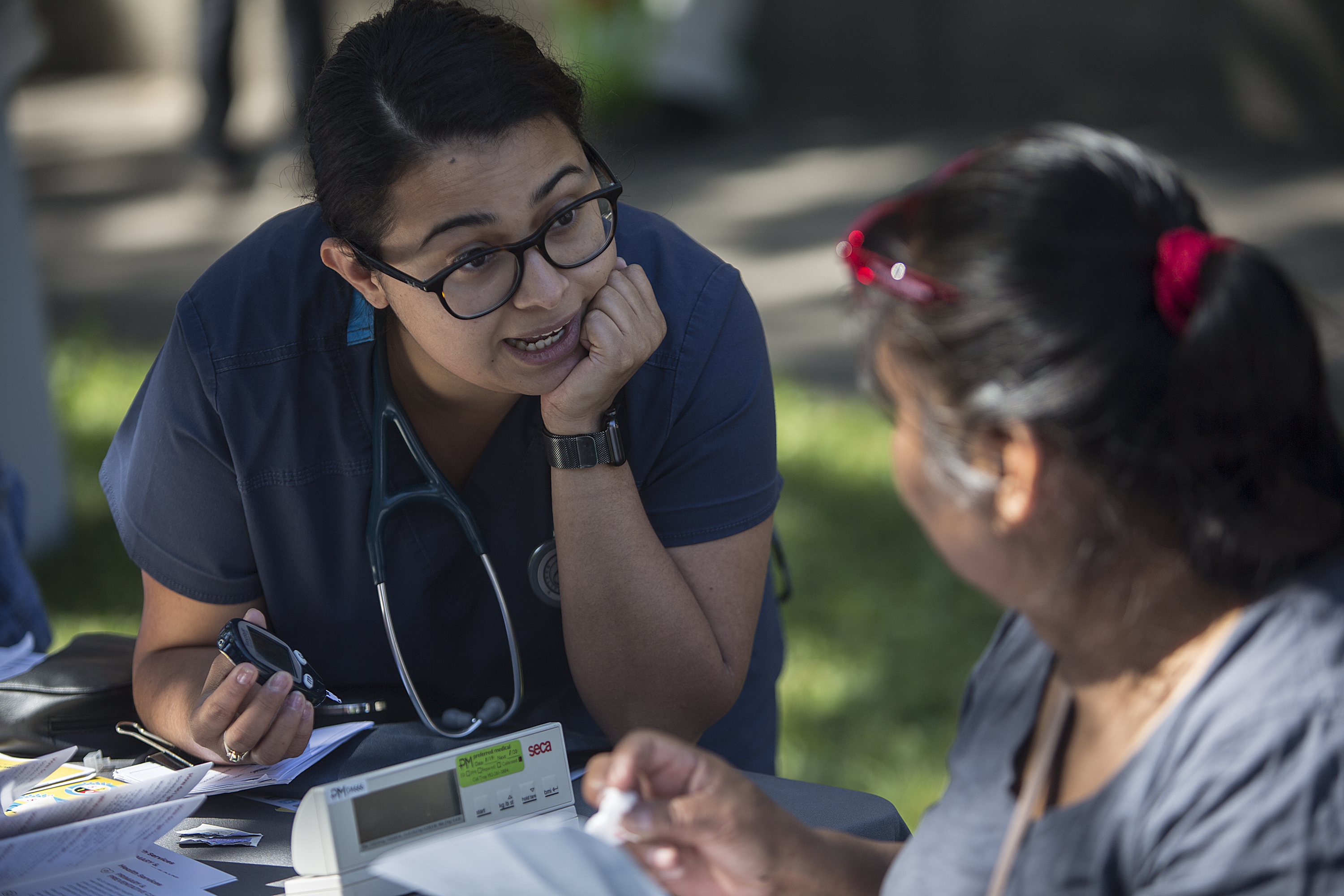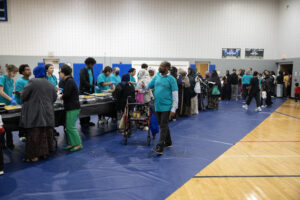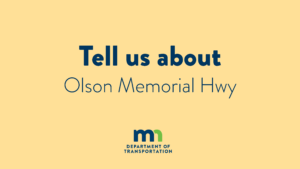It’s a beautiful August day: sunny, a few clouds, not too hot. Outside Waite House in the Phillips neighborhood of Minneapolis, more than a hundred of our neighbors are listening to music (courtesy of KRSM Radio), jumping in an inflatable bounce house, and catching up with their friends. Conversations waft through the air, a sampling of the hundred-plus languages spoken by residents of one of our city’s most diverse communities.
Although the vibe is casual and friendly, the occasion today is a serious one: Today is the Phillips Health Fair, and health is on everyone’s mind. Here, and at a similar event at Brian Coyle Center in Cedar Riverside earlier this month, more than 40 partner organizations have assembled to share their knowledge and resources with the community.
By connecting our neighbors to local health care resources, we eliminate barriers to access and give them the tools to take a more active role in the care that they and their families receive. But it goes deeper than that. Social connectedness is a powerful predictor of overall health outcomes; people are healthier when they talk to their neighbors.
According to Tsega Tamene, director of community health at Pillsbury United Communities, this is the critical role the health fairs serve. “We’re creating a space for people to connect, to learn, to play,” she says.
And in a space where so much of the conversation around community health focuses on the health disparities that exist within indigenous communities and communities of color, the Phillips and Coyle health fairs provide a platform for the individuals and organizations who are already working towards a solution. Rather than creating new efforts and duplicative work, Tamene says the health fairs succeed by “lifting up resources that are already there in the community.”
Tamene is quick to point out that the health fairs couldn’t happen without dedicated organizers—Jovita and Awol, at Waite House and Brian Coyle respectively—driving new partnerships at the local level and activating the grassroots energy of their friends, colleagues, and neighbors. It all comes down to the relationships our center staff have built throughout the community.
Ultimately, our health fairs are one solution within a multifaceted approach to community health. As researchers in the field of public health can tell us, the health of our communities is impacted by any number of factors, from education, to food access, to transportation. It’s hard to deny that these systems have failed many of our neighbors. But despite the complex challenges that our communities are living with, it’s clear that a dedicated effort is underway—and for one August afternoon in Phillips and Cedar Riverside, we get a brief glimpse of what a healthier and more connected future looks like.




